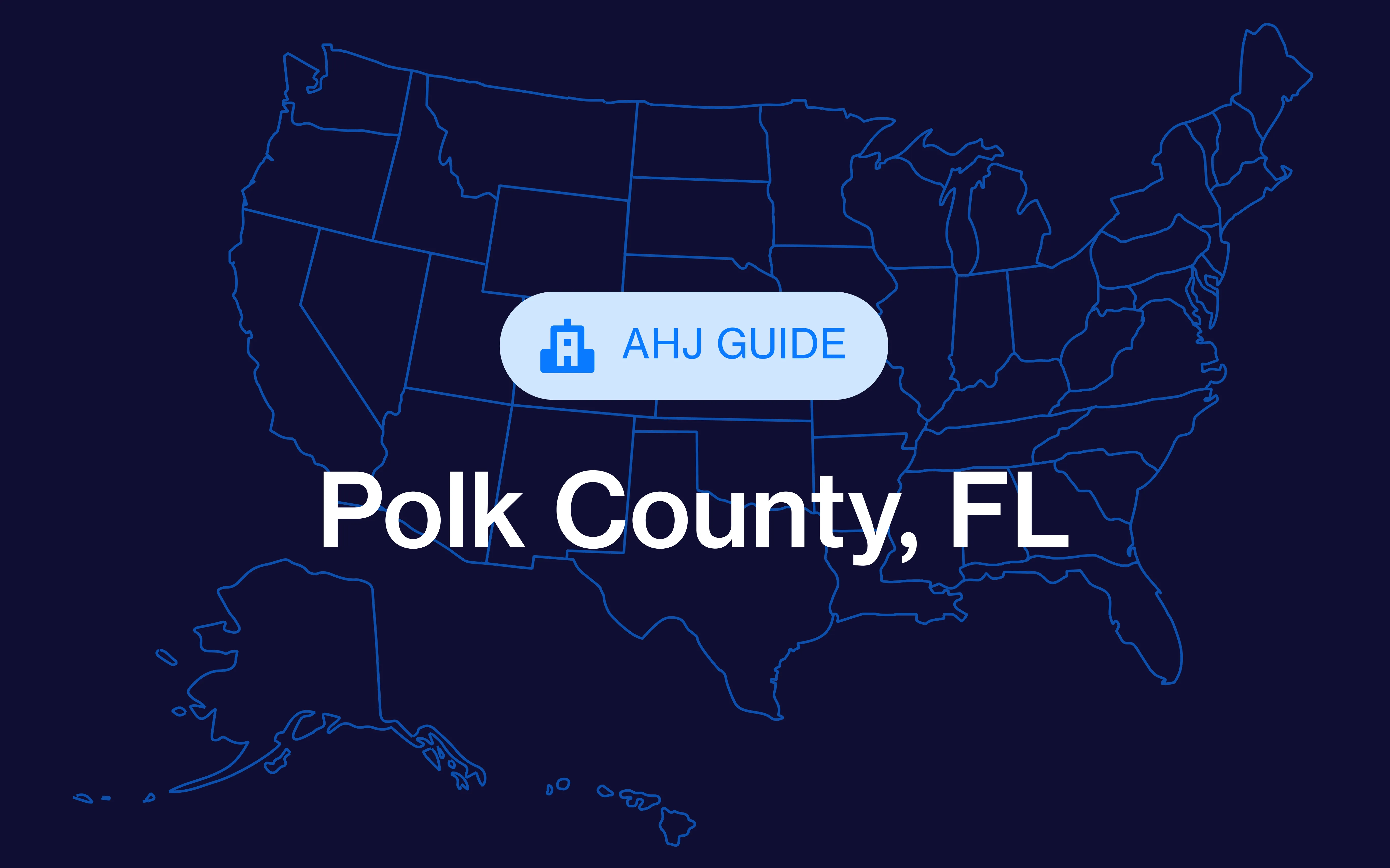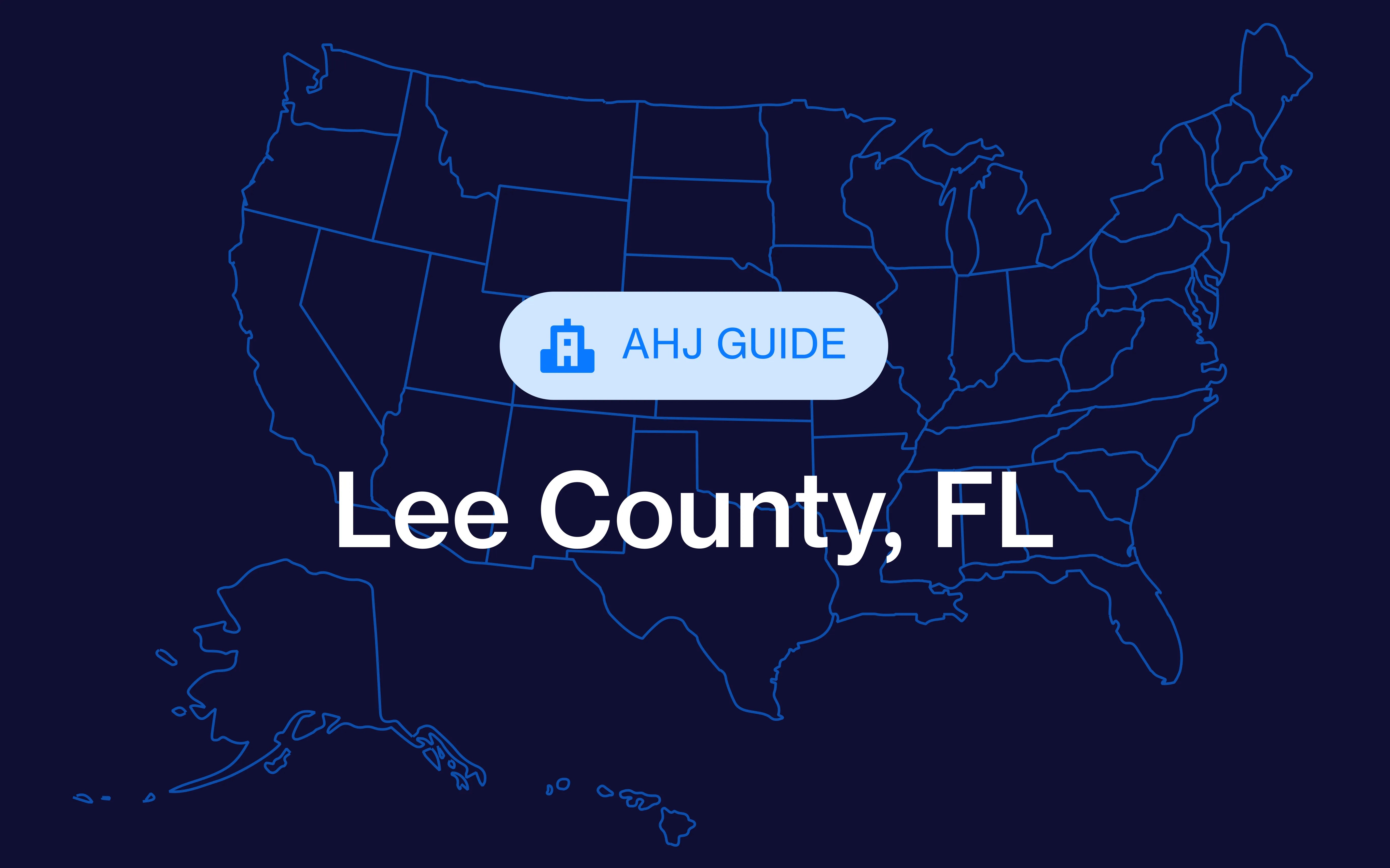From seismic safety near the Wasatch Fault to heavy snow load requirements and high-altitude soil conditions, every project in Utah’s capital has to meet rigorous local standards. The city’s permitting process reflects that: thorough, detailed, and designed to ensure buildings stand up to both mountain weather and earthquake risk.
Whether you’re managing a multifamily build, a commercial retrofit, or a residential addition, understanding Salt Lake City’s permit process early keeps projects on track and inspectors satisfied.
This guide covers everything you need to know about Salt Lake City building permits, including which projects require one, how to apply, and what costs and timelines to expect.
Simplify permitting in Salt Lake City with PermitFlow. Learn how.
What requires a building permit in Salt Lake City?
The Salt Lake City Building Department requires permits for most new construction and significant alterations involving structure, systems, or occupancy. Work performed without a permit may lead to penalties, stop work orders, or delays.
Common projects that require a permit:
- New construction (residential or commercial)
- Additions and structural alterations (adding/removing walls, changing layout/use)
- Electrical, plumbing, and HVAC/mechanical work (installing or altering systems)
- Roofing (repairs/replacements; structural changes)
- Decks, patios, and sheds (especially when exceeding size/height thresholds. See “Doesn’t require” section below)
- Fences and walls not over 4 ft
- Swimming pools & spas deeper than 24 inches (above-ground or in-ground)
- Demolition of a structure
- Work in the public way (sidewalk/curb/gutter/driveway approaches, utility excavations, etc.) requires a Public Way permit (separate from a building permit)
For more information, refer to Salt Lake City’s Building Services FAQs page.
What doesn’t require a building permit in SLC?
In general, you do not need a permit for:
- Cosmetic/interior finish work: painting, papering, tiling, carpeting, cabinets, countertops, and similar finish work
- Low decks: decks not more than 30 in. above grade, that don’t require guards and don’t serve the required egress door (Utah amendment to IRC R105.2)
- Very small detached accessory structures (typical IRC exemption <200 sq ft, one story, no utilities)
- Window awnings supported by an exterior wall that project <54 inches and need no additional support
Salt Lake City building permit cost
Permit fees are typically based on project valuation, square footage, and scope. Here’s a breakdown of estimated fees for common project types.
Building permit fees (valuation-based)
Additional fees
To get a full list of fees, refer to the Salt Lake City consolidated fee schedule.
What happens when you don't obtain a permit in Salt Lake City?
Working without a permit can cause serious problems. The City will issue a Stop Work order (RED TAG) on your property and charge you double the normal permit fee. If you still don't get a permit, you may receive a citation.
The City can also file a Certificate of Non-Compliance on your property, which tells everyone that unpermitted work was done. This can stop you from selling your property until the issue is fixed. Emergency repairs are the only exception; you can start urgent work immediately but must get a permit as soon as possible, usually the next day.
How do I obtain historic permit information?
You can find building permit records and inspection reports from 1979 through today online through the Salt Lake City building permit portal. For best results, search using only the street number and street name. Inspection reports and receipts are under the receipts/reports tab.
Construction plans are not public records. They're only given to the original applicant and are kept for just 7 years. If you need to see construction documents, email slcpermits@slc.gov to schedule an appointment.
Salt Lake City trade permits
Plumbing permits
Required for installing or relocating plumbing systems, water lines, or fixtures.
Electrical permits
Covers service panel upgrades, wiring installations, and low-voltage systems.
Commercial & Industrial (typical schedules)
Residential fees
HVAC permits
Applies to heating, ventilation, or air conditioning work, including replacements.
Special permits
Covers roofing, pools, fences over 4ft, and signage.
To get more information on other trade permits, refer to the Salt Lake City consolidated fee schedule page.
PermitFlow makes Salt Lake City permits painless.
We handle permitting from start to finish, saving you time and eliminating rework. Get your permit started now →
How to get a building permit in Salt Lake City
Step 1: Prepare your submittals
Before applying for a building permit, first, you need to collect the following documents. Make sure you select the ones corresponding to your project type.
Commercial documents:
- Certified Address for new construction (certificate from SLC Engineering)
- Approved/certified site address + project name on every sheet; sheet index
- Complete sealed plan set & supporting docs (signed/dated by the Utah-licensed design professional):
- Architectural, structural, civil, MEP sheets
- Specifications and structural calculations
- Soils report (if required)
- Energy analysis (COMcheck or equivalent)
- Equipment cut sheets (where relevant–e.g., hoods, HVAC units, special systems)
- Code analysis per current adopted codes (list occupancy classifications, construction type, fire protection, egress, etc.)
- Special Inspections noted on plans + completed agreement form (when required)
- C&D Waste Management Plan (most commercial/demolition projects)
For more information, check out the Commercial/Multi-family login checklist page.
Residential documents:
- Site plan (to scale; north arrow; lot lines & dimensions; all structures; setbacks & overhangs; easements/property lines)
- Architectural plans (floor plans, elevations, roof plan, sections, window/door schedules)
- Structural plans/calculations (design loads incl. wind/seismic/snow; framing details; foundation; any engineered elements)
- MEP sheets (mechanical, electrical, plumbing as applicable)
- Soils/geotechnical report (if required by site conditions/engineer)
- Energy documentation (REScheck or equivalent on drawings or as a separate upload)
- Owner-Builder Certification (only if the homeowner is acting as the contractor for a primary residence)
To get more information on your project, refer to the Residential - one or two-family (IRC) Login checklist page.
Step 2: Submit your Salt Lake City building permit application online
Create an account and submit the application in the city’s Citizen Access Portal (Accela). After intake, you’ll upload plans for review through ProjectDox (the City’s electronic plan review system).
Step 3: Wait for plan review
City staff will review your plans across multiple departments. Review times depend on your project size:
- Small projects (fences, re-roofs, minor repairs): 1-3 business days through quick turnaround queue
- Single-family homes: 14 business days for first review
- Multi-family projects: 21 business days for first review
- Commercial projects: Varies based on complexity
- Resubmissions after corrections: 7-10 business days
- Expedited review option: 10 business days (costs double the plan check fee)
Check your plan status through the Salt Lake City building permit search page or call Building Services at 801-535-6000.
Important: Properties in Local Historic Districts need a Certificate of Appropriateness from the Planning Division before applying. Make sure you verify it by emailing historicpreservation@slc.gov first.
Step 4: Pay your permit fees
When reviews are approved, pay the assessed permit and (if applicable) plan review fees through your Citizen Access account to receive the permit.
Step 5: Begin construction and schedule inspections
Post the issued permit and schedule inspections.
Schedule inspections by:
- Online: Citizen Access
- Phone: 801-535-6000
- SLC Building Inspections app (Apple, Android)
For more information, refer to the Schedule Inspections page.
Salt Lake City permitting resources
- Salt Lake City Building Department
- Permit Portal: Accela Citizen Access
- Permit application: City Hall, 451 South State Street, Room 215, Salt Lake City, Utah, 84111
- Building inspections: Plaza 349, 349 South 200 East, 4th Floor, Salt Lake City, UT 84111
- Phone: (801) 535-7224
- Hours: Mon–Fri, 8 AM – 5 PM
- Email: buildinginspections@slc.gov
- Salt Lake City building permit search
- Salt Lake City consolidated fee schedule
- Checklists:
- BSCE – frequently asked questions
- How to apply for a permit
- Salt Lake City building permit forms
- Applications approvals
Streamline Salt Lake City permitting with PermitFlow
Salt Lake City’s permitting process demands precision. Between strict seismic codes, snow load requirements, and detailed plan reviews, even experienced builders can lose valuable time managing submittals and corrections. PermitFlow takes that complexity off your plate.
Our permit management software handles the entire workflow — from preparing and submitting applications to tracking approvals — so your projects move smoothly from planning to groundbreaking.
Why builders choose PermitFlow:
- Local expertise: Our team understands Utah’s seismic standards and Salt Lake City’s building codes, ensuring every submittal meets requirements the first time.
- End-to-end visibility: Monitor every permit, trade submission, and inspection in one centralized dashboard.
- Faster approvals: We get your applications right the first time, reducing rework, avoiding delays, and keeping your crews moving.
Reach out to us today to see how we can help you streamline approvals and keep your projects on schedule.








